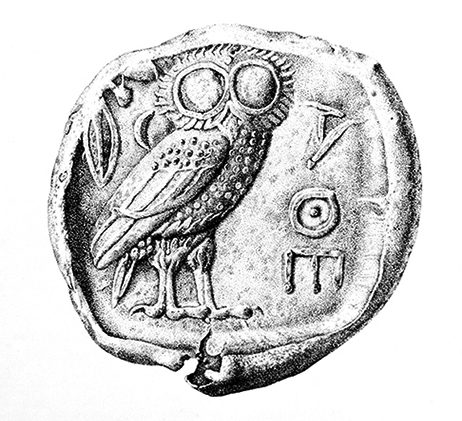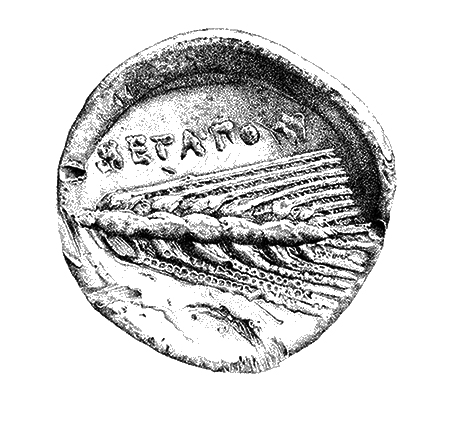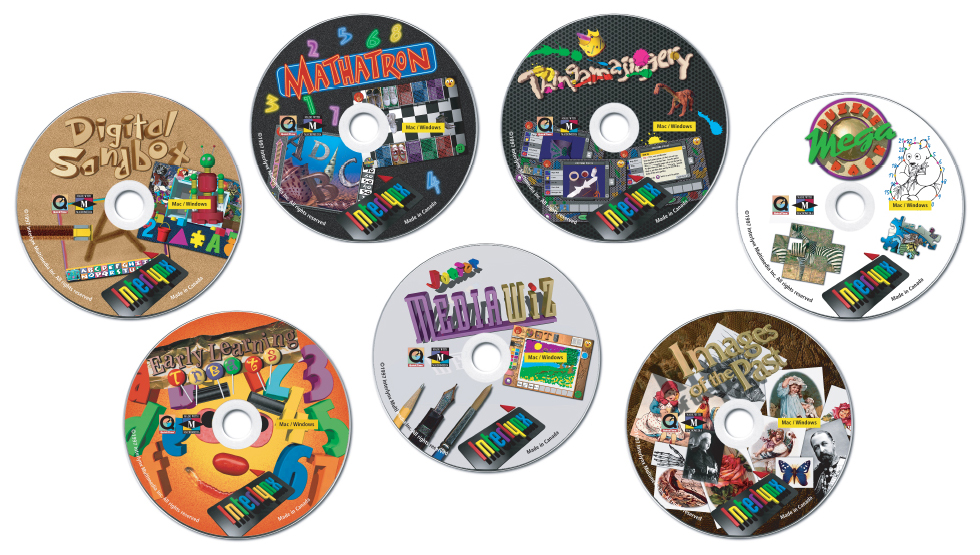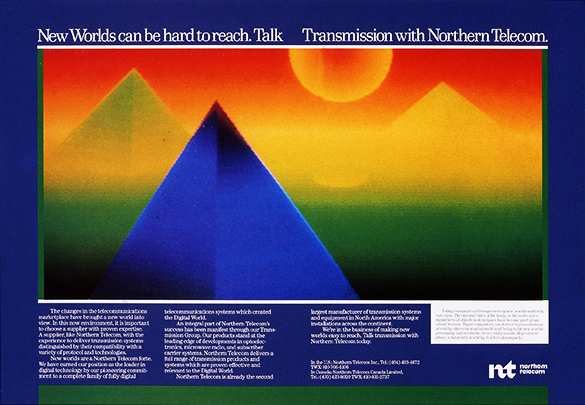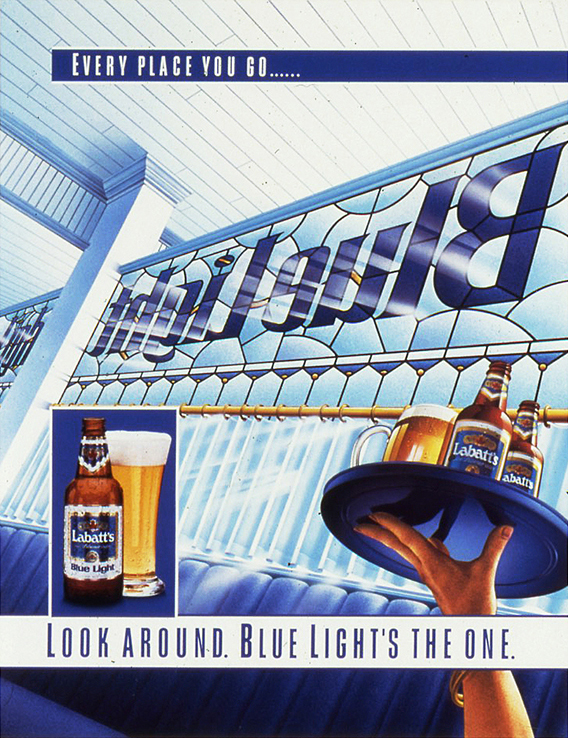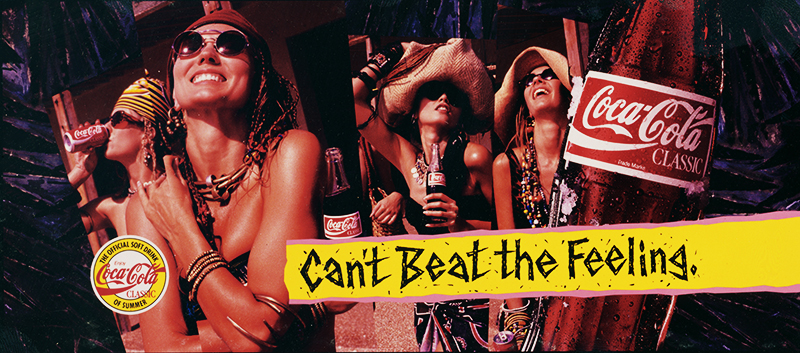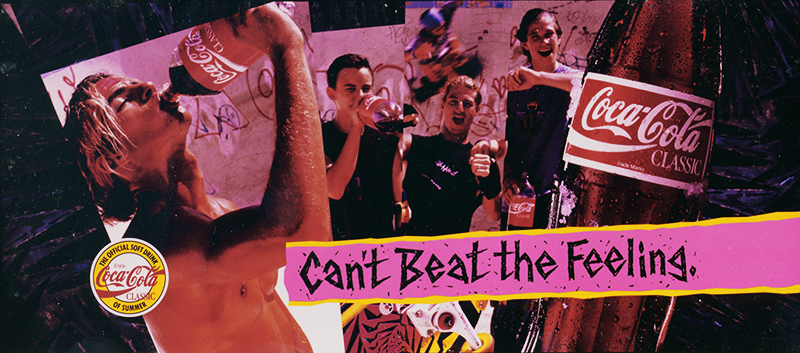Whitmore Thomas were responsible for the interior design and branding for the refurbishment of the Derry and Toms department store into BIG BIBA on Kensington High Street, London.
My girlfriend at the time, Kasia Charko, was working with Steve Thomas (Creative Director) developing illustrative iconography for the various departments that were to be spread over the eight floors of the Art Deco building.
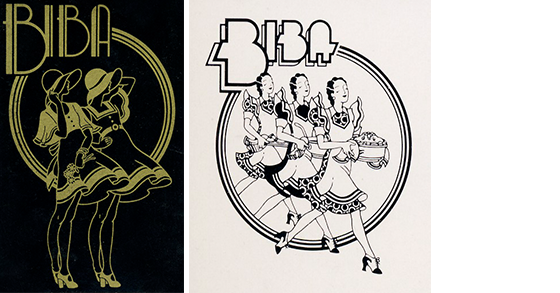
The graphics part of the project was vast, it included custom typefaces, illustrative logos, signage, advertising, promotional materials, packaging and much much more, the list was long and the team small and another pair of hands needed, so thanks to Kasia's recommendation, this became my second job since leaving art college and I joined the team.
My work was more production than design but I did get involved in the creation of some of the typefaces. The fonts were developed on paper and artworked in black ink on card using french curves compass and lots of opaque white paint, I remember no matter what I did I couldn't overcome the media and the edges never looked crisp.
One day I was invited by the Type House to watch the process of transforming my, not so perfect, work into a real phototype fontface.
Using my artwork as a guide, a young cockney girl wielding a scalpel and using great skill, cut perfect outlines of each character in Rubylith Film, the edges were sharp and contours perfect, I wish I’d known this sooner and would't have worried so much about perfection, thankfully it was her work that was used to create the actual fonts.
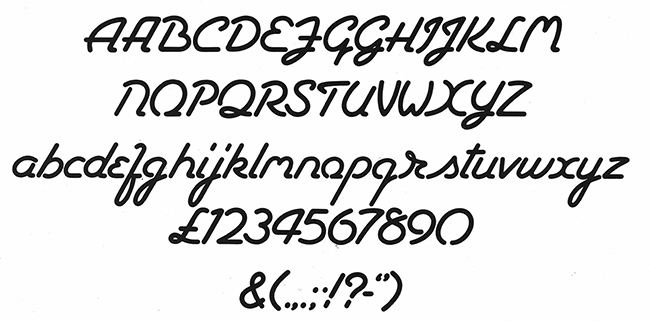
For a more detailed and a personal perspective visit the blog of Kasia Charko , who's illustratiive work was a significant part of the BIG BIBA branding.
